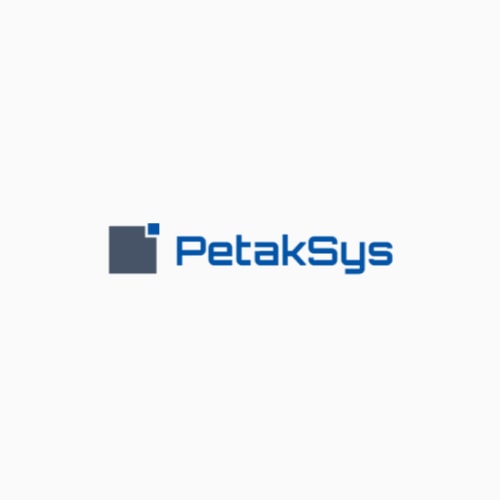As family offices embrace digital transformation, their primary needs focus on aggregation, portfolio management, and reporting. According to Simple’s Family Office Software Review 2023, 73% of family offices seek better integration, 73% desire more features, and 70% seek more customised software solutions. The team at PetakSys, who have over two decades of experience in providing top-tier digital solutions for the banking and investment management sectors, is frequently called upon to answer the build vs buy dilemma.
What UHNWI and family offices should consider
For UHNWIs and smaller family offices just starting out, purchasing software from existing vendors can be practical as long as the solution covers at least 80% of their requirements. The remaining 20% can be managed manually by dedicating a minimal amount of time each month to tasks like updating an Excel spreadsheet. This approach allows for cost-effective operations while ensuring that most essential functions are automated and streamlined.
However, as the family office grows, the initial manual workarounds, which seemed manageable at first, can become cumbersome and risky over time. The risk of data loss and errors rises as the volume of data being handled increases. Therefore, family offices must anticipate these challenges and consider scalable software solutions that can solve their needs.
When is the right time to customise?
Before a family office decides to create software from scratch, it’s important to look carefully at what’s already out there. The first step is to check if there’s software on the market that meets the requirements. This step can save a lot of time and money. However, if what is needed isn’t available or the existing options don’t quite fit, it might only be time to consider making a custom solution.
“It is not worth building custom software if a solution already exists on the market.” – CEO at PetakSys, Tomas Petky.
Another key consideration is whether the tasks in question are repetitive and time-consuming. For instance, if a manual task requires a significant amount of hours of work each day, it becomes a strong candidate for automation through a custom digital solution. Ultimately, the decision to build a custom solution should be driven by a clear understanding of the inefficiencies in current processes and the potential benefits of automation.
The trade-off between a custom or off-the-shelf solution
When deciding between building software from scratch and buying an off-the-shelf solution, family offices must weigh the trade-offs, much like choosing between buying a flat and building a house. A flat comes with a fixed layout; one can paint and decorate it, but the ability to make significant changes is limited. Similarly, off-the-shelf software comes with predetermined features and functionalities. While customisable to some extent, its flexibility is constrained by the inherent limitations of the product.
On the other hand, building a house allows for greater flexibility—you can add a pool, terrace, or balcony as you desire. This is analogous to developing custom software, where you have the freedom to design a solution that precisely fits your unique requirements. However, the initial cost of building from scratch is significant due to development expenses. Over time, the fixed costs of licensing and support for custom software might balance out compared to the ongoing fees associated with off-the-shelf solutions over a three to five-year period.
Therefore, the decision to opt for customised software should not be made in isolation. It’s essential to compare the costs and benefits against alternative options. For example, suppose paying someone €15,000 per year to perform a repetitive daily task that can be replaced by a €10,000 custom software solution that completes the task in two minutes. In that case, the long-term savings and efficiency gains justify the upfront investment.
“Custom software development should always be evaluated based on the project’s ROI (Return on Investment) and other benefits (freeing up overworked employees, reducing human error, reducing the risk of data loss, etc.)” – CEO at PetakSys, Tomas Petky.
To sum it all up
Family offices must carefully consider the trade-offs between purchasing off-the-shelf software and developing custom solutions. While off-the-shelf software can initially meet most needs, custom solutions may become essential as operations become more complex, requiring better integration and risk management. Although custom software development has high upfront costs, the long-term savings from automating repetitive tasks and reducing manual labour can justify the investment.
PetakSys creates high-performance digital solutions for financial institutions. They offer custom software and report development, business and data integration for family office, asset and wealth management firms with the technology edge they need to succeed.





